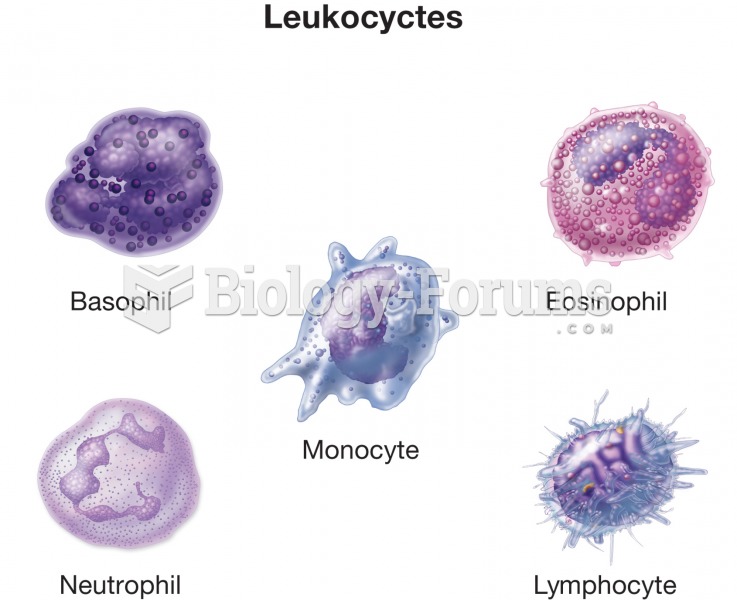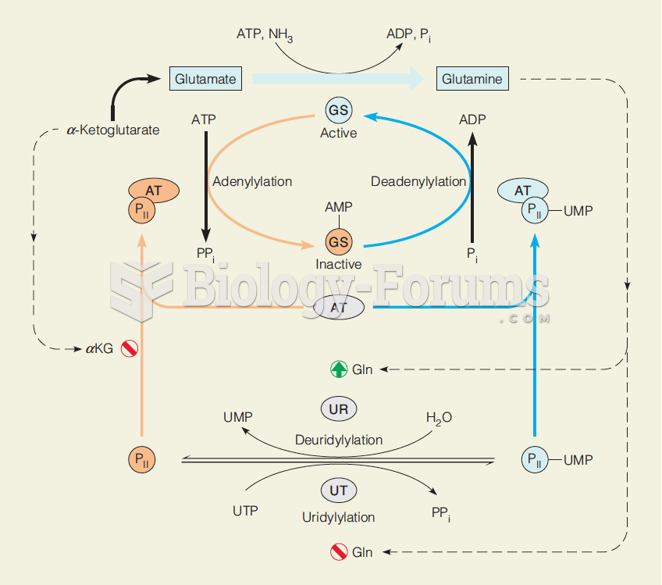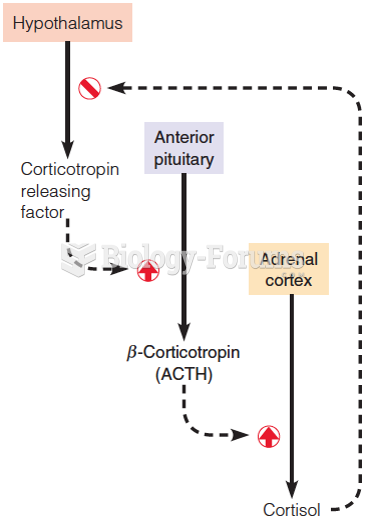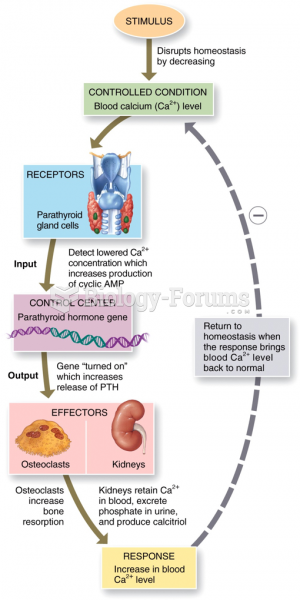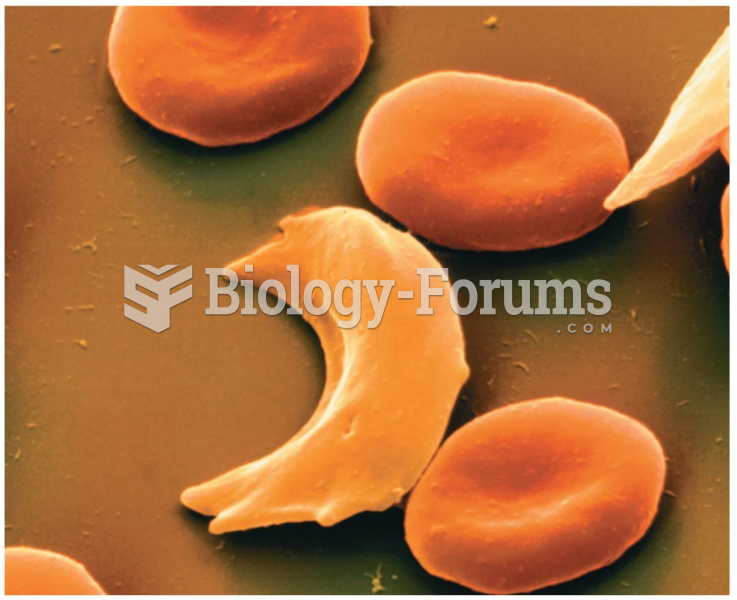Answer to Question 1
Answers may vary. The primary function of glucagon is to increase blood glucose. The brain is particularly sensitive to low blood glucose levels, and even a relatively small drop in blood glucose (hypoglycemia) can make a person feel nauseous, dizzy, anxious, lethargic, and irritable. This is one reason why it is hard to concentrate when you have not eaten for a long time. To increase glucose availability during these times, glucagon stimulates the breakdown of energy-storing glycogen molecules in the liver into glucose. These glucose molecules are released into the blood, increasing glucose availability to the rest of the body. The term for this metabolic process-glycogenolysis-literally means the breakdown (lysis) of glycogen. Liver glycogen can supply glucose for approximately 24 hours before being depleted.The breakdown of liver glycogen is an effective short-term solution for providing cells with glucose. However, because this reserve can be quickly depleted, the body must soon find an alternative glucose source. As glycogen stores dwindle, glucagon stimulates another metabolic process called gluconeogenesis. Gluconeogenesis is the synthesis of glucose from noncarbohydrate sources. Taking place mainly in the liver, gluconeogenesis synthesizes glucose mainly from amino acids derived from muscle protein.
Answer to Question 2
Answers may vary. The digestion of disaccharides (maltose, sucrose, and lactose) takes place entirely in the small intestine. The small intestine is the lone source of enzymes needed for disaccharide digestion. Each disaccharide has its own specific digestive enzyme:
Maltase digests maltose, releasing two glucose molecules.
Sucrase digests sucrose, releasing glucose and fructose molecules.
Lactase digests lactose, releasing glucose and galactose molecules.
Once disaccharides have been digested into their component monosaccharides, they can be absorbed across the cells (enterocytes) of the small intestine and circulated in the blood.


